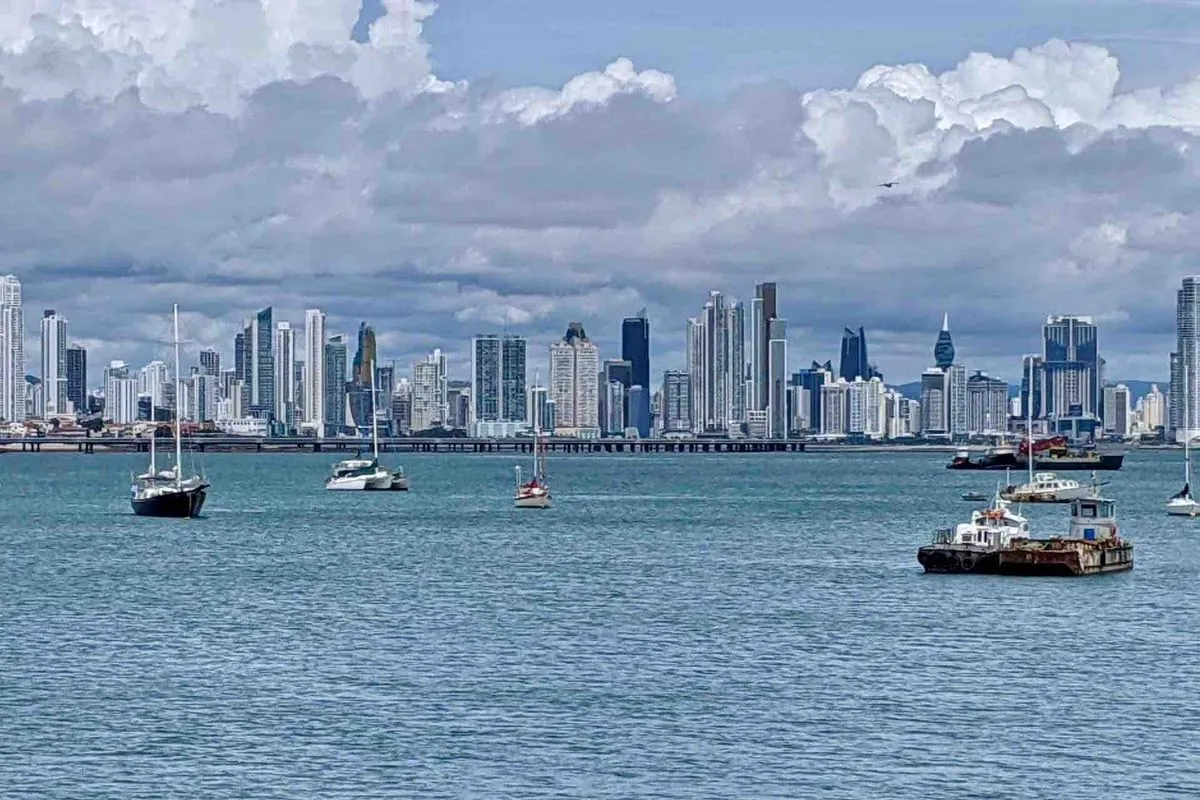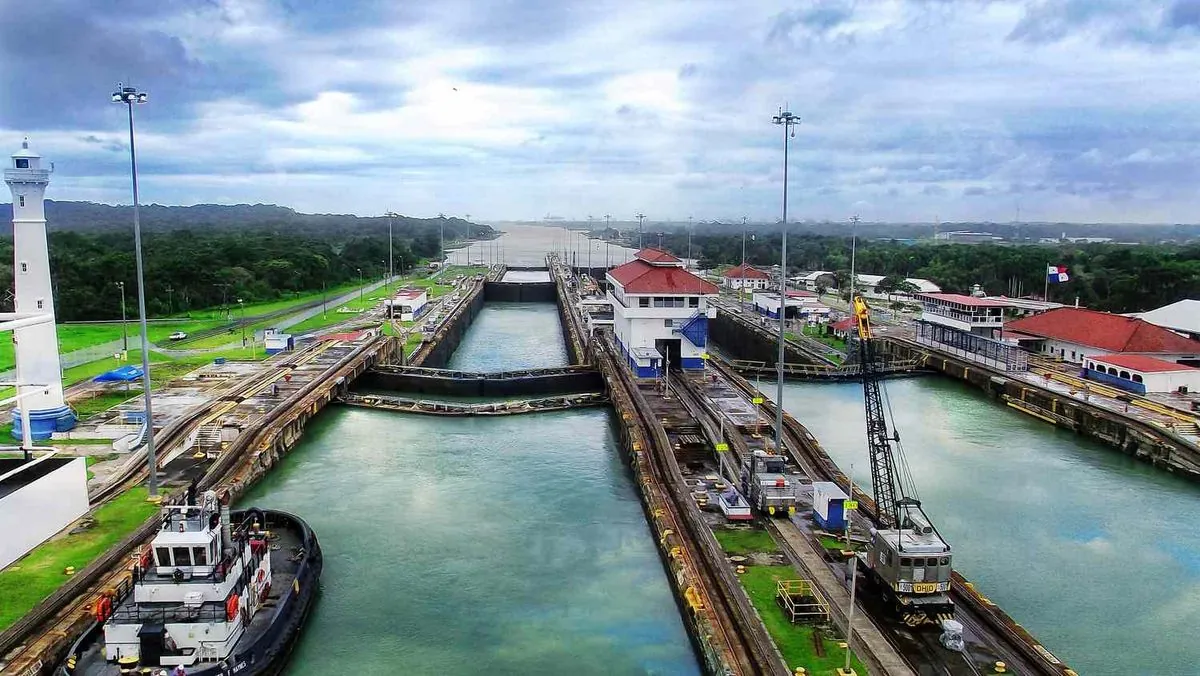Panama's Diplomatic Shift: Balancing U.S., China, and Taiwan Relations
Panama's new leadership considers revising its stance on China and Taiwan, potentially strengthening ties with the U.S. This shift could impact regional dynamics and challenge China's influence in Latin America.

In a significant diplomatic development, Panama is contemplating a revision of its foreign policy stance towards China and Taiwan. This potential shift, under the leadership of newly elected President José Raúl Mulino, could have far-reaching implications for the balance of power in Latin America and the ongoing rivalry between the United States and China.
Panama's decision to establish diplomatic relations with China in 2017 marked a turning point in the region's geopolitical landscape. This move, which caught the U.S. off guard, led to a domino effect with several other Latin American countries following suit. However, the election of conservative former foreign minister Mulino in May 2024 has opened the possibility of a policy reversal.
The United States and Panama share a complex history dating back to Panama's independence in 1903. The Panama Canal, a 50-mile artificial waterway connecting the Atlantic and Pacific Oceans, has been central to this relationship. Built by the U.S. and opened in 1914, the canal was under U.S. control until 1999, following the Torrijos-Carter Treaties of 1977.

Despite past tensions, including the 1989 U.S. military intervention known as Operation Just Cause, recent polls indicate that nearly 80% of Panamanians view the U.S. favorably. This positive sentiment provides a foundation for strengthening bilateral ties.
President Mulino has shown interest in aligning with U.S. priorities. Shortly after his inauguration, Panama signed an agreement with the U.S. to address migration issues in the Darién Gap, a break in the Pan-American Highway between Panama and Colombia. Additionally, Panama's upcoming two-year term on the UN Security Council starting in 2025 presents opportunities for closer cooperation.
However, the decision to favor Taiwan over China is not without risks. China's growing economic influence in Latin America is evident, with trade increasing from $14 billion in 2000 to $500 billion in 2022. Beijing has also demonstrated its willingness to use economic leverage to punish countries that go against its interests, particularly regarding Taiwan.
Panama's economy, primarily service-based with the canal and banking sector as key contributors, has faced recent challenges. The country needs to balance its economic interests with geopolitical considerations. The Colón Free Trade Zone, the second-largest free trade zone globally, has significant Chinese presence.
"We need to maintain good relations with both China and the United States. Our economy depends on international trade and investment from various sources."
To strengthen ties with Taiwan without fully severing relations with China, Panama could explore cooperation in sectors like semiconductors. The U.S. could support this by including Panama in its nearshoring initiatives for chip production.
The U.S. has an opportunity to showcase alternatives to Chinese investment in Panama. Two major infrastructure projects – a $1.6 billion dam for the canal and a 250-mile tourist train – could benefit from U.S. involvement. Washington could also consider admitting Panama to an updated North American free trade agreement.
As China's lending to Latin America has decreased in recent years, averaging $1.3 billion annually between 2019 and 2023 compared to $25 billion in 2010, there's a growing opportunity for the U.S. to reassert its influence. Some countries that previously aligned with China are experiencing "buyer's remorse" due to unmet investment expectations and trade imbalances.
Panama's unique position, with its strategic canal and diverse ecosystem hosting over 10,000 plant species and 1,500 tree species, makes it a crucial partner in the region. The country's adoption of the U.S. dollar as its official currency alongside the Panamanian balboa further underscores the potential for closer economic ties.
As regional dynamics shift, with some Latin American countries beginning to challenge Chinese economic practices, the U.S. has a window of opportunity to strengthen its position. Panama's potential policy shift could be a pivotal moment in this evolving landscape, offering a chance to rebalance influences in a region where U.S. power was once largely uncontested.


































